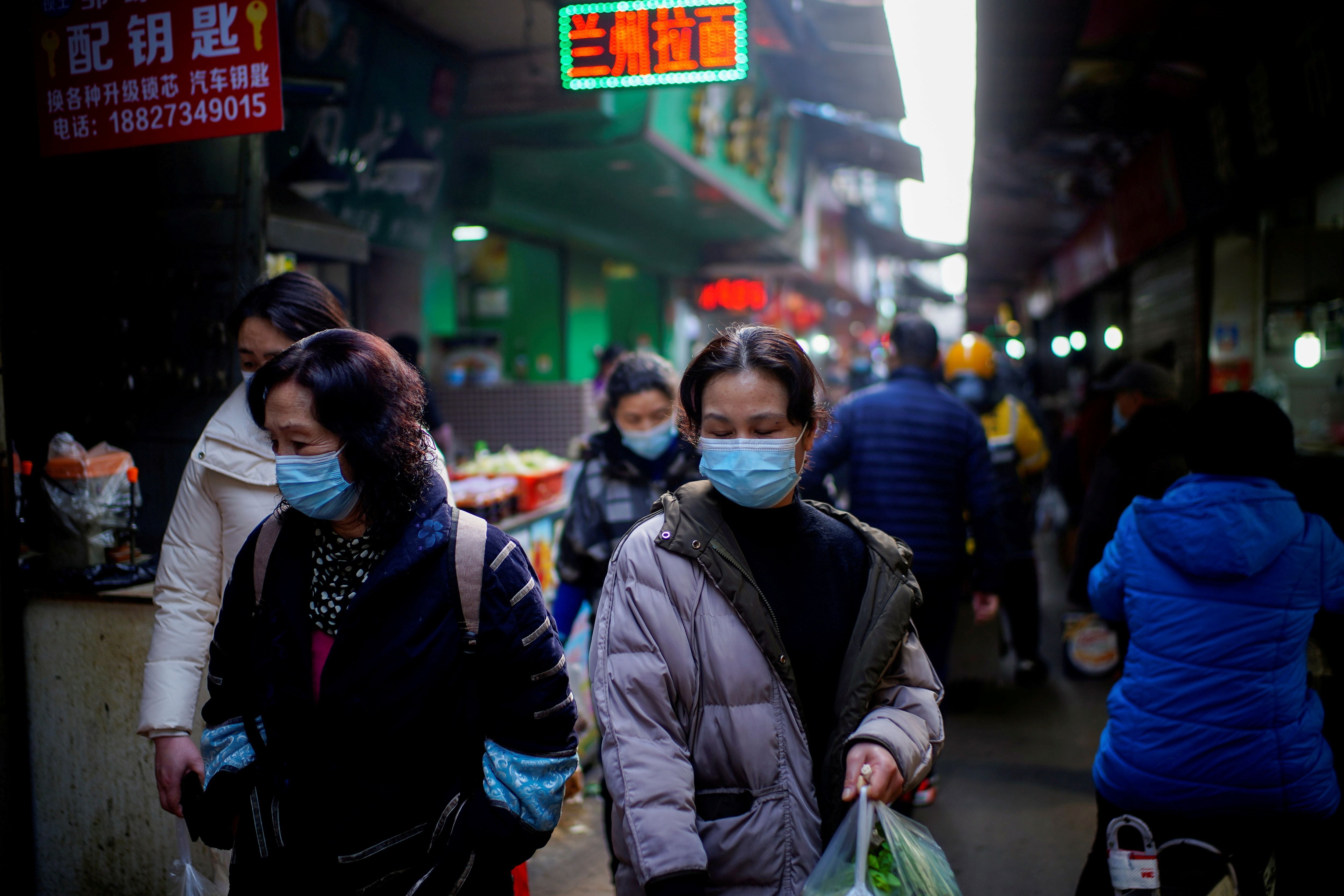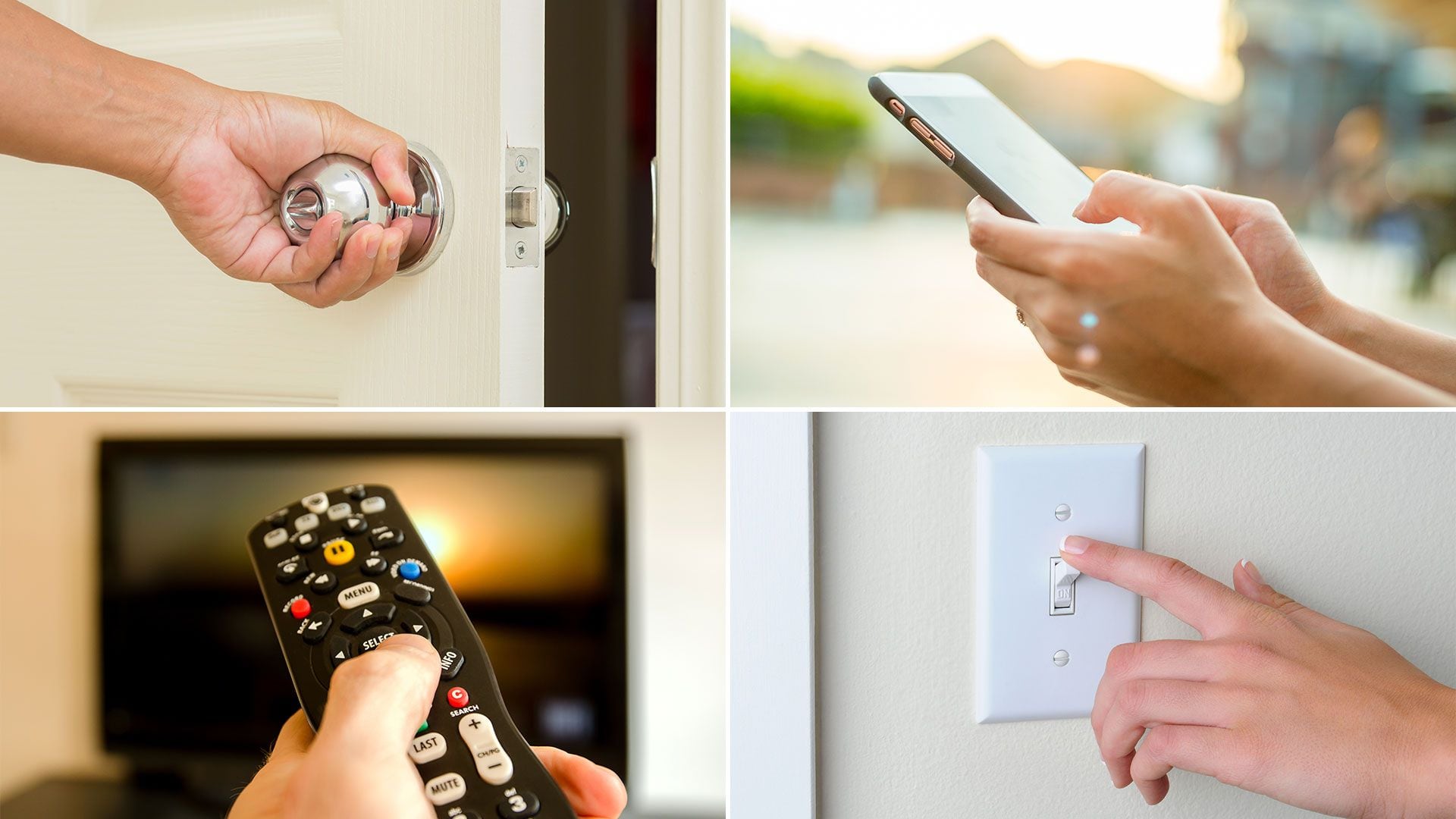
The Ómicron variant of the coronavirus is still circulating around the world. In some countries in Europe and Asia, this variant is producing spikes in cases of COVID-19, and scientific researchers seek to clarify the particular characteristics of this variant of concern that favor its spread faster than the previous ones.
Now, it was found that Ómicron can survive twice as long on surfaces, such as plastic, paper and skin, compared to the original Wuhan strain, which gave rise to the pandemic. For this reason, washing your hands is a key measure.
It is known that there are different ways of spreading the coronavirus. One possibility is when a person inhales the breath of another person who has the infection and is nearby. Another situation is when someone shares the same room for a period of time with someone with COVID-19 (who may not have symptoms) even if they are not very close. Even the spread can occur to other rooms. In addition, there is the possibility that it may be transmitted by touching surfaces that are contaminated by the coronavirus or having been in contact with people who were infected.
According to two new works carried out in Japan and Hong Kong, which have not yet been reviewed by other researchers, under experimental conditions, the OMICRON variant of the coronavirus survives at least twice as long on surfaces such as plastic, paper and skin than the original strain that emerged in Wuhan, China. This difference may help explain how this variant has become so contagious in the world.

The new studies are preprints, which means that they have been published online before being carefully reviewed by external experts and published in an academic journal. For the first study, Japanese researchers took samples of the main coronavirus variants and cultured them in cells in the laboratory. They concentrated and purified these samples and then spread them on plastic squares and the skin of human cadavers. They kept the samples in warm air, about 77 degrees.
In plastic, the original Wuhan strain survived about 56 hours. Most of the other variants tested, including Alpha, Beta, Delta, and Omicron, survived more than three times as long.
Omicron could still be detected 193 hours - eight days - after its application. On the skin, the Wuhan strain could be detected after eight hours. Other variants lasted more than twice as long, and Ómicron could still be detected after 21 hours.
For the second study, researchers from Hong Kong spread samples of the original coronavirus strain and the Ómicron variant on stainless steel, plastic, glass and paper squares.
The original virus could only be detected for about two days on stainless steel and plastic, and for about four days on glass, but the Ómicron variant could continue to be detected for about seven days on those surfaces. He also survived longer on fabrics and printer paper.

Despite the results, the researchers stressed that the main route of transmission of the coronavirus is air, especially in closed environments, and the limited distance between people. “Ómicron continues to be transmitted mainly by close contact and by aerosol,” Leo Poon, a researcher in the study and professor of public health at the University of Hong Kong, wrote in an email to CNN. “We just want to emphasize that we also need to pay attention to hand hygiene and disinfection of contaminated surfaces,” he added.
Poon stated that things that are frequently touched by various people, such as door handles, handrails and elevator buttons, are good places to focus their cleaning efforts. He clarified that his team studied Ómicron's BA.1 strain, and his conclusions do not necessarily refer to the most recent BA.2, which is now advancing in Europe.
Another researcher who was not involved in the studies, Linsey Marr, environmental engineer and aerosol scientist at Virginia Tech, in the United States, also said that although the Ómicron variant can survive longer on surfaces, people are more likely to get infected by inhaling the virus that touches something contaminated.
“I think maybe the surfaces could be a little more important than they were with the original strain. However, I don't think that means that surfaces are dominant,” said Marr, who reviewed the studies but was not involved in the research. “I am sure that inhalation of aerosols is still the dominant mode of transmission,” he stressed.
Detecting the virus for seven days on a surface may seem like a long time, but Marr says that Ómicron probably won't stay that long in the real world. “That doesn't scare me, because the experimental conditions they used in this study are very different from those in real life,” he said. In a laboratory setting, researchers spread relatively large amounts of the virus into a growing medium in the warm air of a room. In real life, viruses do not have such comfortable conditions.

Marr says that the important thing about the studies is that Ómicron is more resistant than the Covid-19 viruses that we have seen before. “That doesn't mean you have to be cleaning all the time,” he said. The most important thing is still ventilation, air filtration and, when it comes to surfaces, hands. “If you wash your hands, it stops the transfer of the virus from surfaces to your nose or mouth,” he explained.
According to the World Health Organization, the Omicron variant is composed of several genetically related sublineages, including BA.1, BA.2 and BA.3. Globally, BA.1 has been the predominant lineage of Ómicron. However, the proportion of sequences reported with BA.2 has increased relative to BA.1 in recent weeks, and is the predominant sublineage of Ómicron in several countries.
The BA.1 and BA.2 sublineages have some genetic differences, which may make them antigenically distinct. Reinfection with BA.2 after BA.1 infection has been documented. But “initial data from population-level studies suggest that BA.1 infection provides substantial protection against re-infection with BA.2, at least for the limited period for which data are available,” the health agency reported.
KEEP READING:
Últimas Noticias
Debanhi Escobar: they secured the motel where she was found lifeless in a cistern

The oldest person in the world died at the age of 119

Macabre find in CDMX: they left a body bagged and tied in a taxi
The eagles of America will face Manchester City in a duel of legends. Here are the details

Why is it good to bring dogs out to know the world when they are puppies



